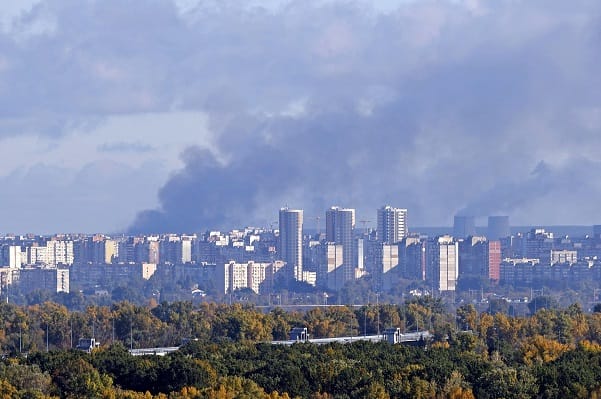The evolving situation in Ukraine carries significant implications for investors, particularly in defence. European defence stocks have recently declined as markets price in a potential easing of hostilities.
However, defence demand is expected to remain strong over the long term, supported by NATO commitments, Kyiv’s USD 100 billion weapons purchases, and technological advancements in areas such as drones and AI.
Broader European defence spending is also set to rise, with the EU’s “ReArm Europe” initiative targeting around EUR 800 billion and NATO encouraging member countries to reach 5% of GDP, sustaining long-term sector growth.
Beyond defence, Ukraine’s reconstruction presents substantial investment potential. The EU-backed Ukraine Investment Framework aims to mobilize EUR 40 billion for infrastructure projects across electricity, transport, healthcare, housing, and municipal utilities.
Public-private partnerships are expected to give investors priority access, and early engagement could allow them to act swiftly once hostilities end. These efforts may support Ukraine’s projected 5% economic growth by 2026, signalling a shift from conflict-driven caution toward post-war development opportunities.
A peace deal would likely trigger broader market effects. European equities could experience a relief rally as geopolitical risk premiums ease. While defence stocks may face short-term dips, technology, consumer goods, and energy-intensive sectors could see renewed interest. Lower energy costs would support manufacturing and transport in Eastern and Central Europe. Overall, the investment landscape is likely to transition from conflict-driven caution to growth-focused optimism, offering opportunities tied to post-war reconstruction.
Get real time update about this post category directly on your device, subscribe now.

